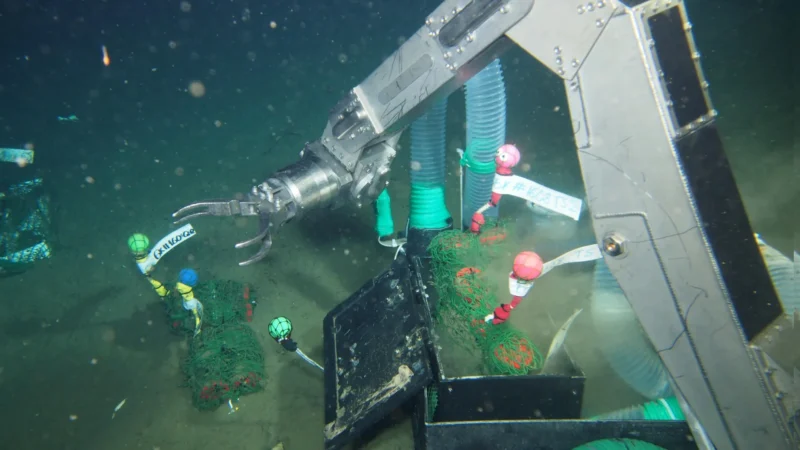Essential Insights
-
Eco-Friendly Innovation: Researchers have developed a new biodegradable plastic, poly(d-lactate-co-3-hydroxybutyrate) (LAHB), which demonstrates significant decomposition under deep-sea conditions, unlike conventional plastics like PLA.
-
Impressive Biodegradation: In a deep-sea experiment, LAHB lost over 80% of its mass after 13 months, thanks to microbial action, while traditional PLA showed no degradation, highlighting LAHB’s potential as a safer alternative.
-
Microbial Mechanism Unveiled: Diverse microbial communities on LAHB surfaces produced enzymes that efficiently broke down the plastic, converting it into carbon dioxide and water, thereby contributing to a cleaner marine ecosystem.
- Critical Environmental Solution: This research addresses a major flaw in current bioplastics—their inability to biodegrade in marine environments—supporting efforts to reduce plastic pollution and promote a circular bioeconomy.
Innovative Breakthrough in Biodegradable Plastics
Plastic pollution is an urgent crisis. Researchers have now advanced a biodegradable plastic, poly(d-lactate-co-3-hydroxybutyrate) (LAHB), which decomposes in deep-sea environments. A real-world study confirmed its promising potential. After 13 months of exposure at 855 meters underwater, LAHB films lost over 80% of their mass. In contrast, conventional plastics like polylactide (PLA) showed no degradation at all. This finding raises hopes for addressing marine plastic waste effectively.
LAHB originates from engineered microorganisms, which helps it break down in challenging conditions. Traditional bioplastics often fail to decompose in the ocean’s depths. However, LAHB does so thanks to active microbial communities. Researchers found that specific microbes produce enzymes to dismantle the polymer. These microorganisms convert the plastic into harmless compounds, supporting marine ecosystems instead of harming them.
A Path Toward Sustainable Solutions
The implications of this research extend far beyond the lab. By demonstrating that LAHB can biodegrade under extreme conditions, it showcases a step toward sustainable plastic alternatives. This innovation aligns with global efforts to combat plastic waste, which amounted to about 353 million metric tons in 2019. With nearly 1.7 million metric tons flowing directly into oceans, finding efficient solutions is critical. LAHB appears to be a viable candidate, especially given its potential to work effectively in areas deemed too harsh for other plastics.
As the world faces increasing environmental challenges, transitioning to materials like LAHB can play an essential role. Its ability to return to harmless components in nature may galvanize larger adoption of eco-friendly plastics. This research inspires hope for a future where innovation meets environmental responsibility, fostering a more sustainable human journey.
Expand Your Tech Knowledge
Dive deeper into the world of Cryptocurrency and its impact on global finance.
Stay inspired by the vast knowledge available on Wikipedia.
TechV1

